2 Dress, Appearance, and Identity
Module Learning Objectives (MLO)
In this chapter, you will
- MLO 2.1 Identify foundational concepts and theories related to identity and dress. [CLO 1]
- MLO 2.2 Identify pioneering scholars in the identity and dress discipline. [CLO 1]
- MLO 2.3 Identify the sources of the information and research for the course content. [CLO 1]
- MLO 2.4 Summarize the role of dress in identity development. [CLO 1]
- MLO 2.5 Explain the ways individuals learn about how to dress. [CLO 1]
- MLO 2.6 Explain various motivations for dress. [CLO 1]
- MLO 2.7 Analyze the relationships among stigma, stigma management, identity, and dress. [CLO 1]
- MLO 2.8 Deconstruct your own perspectives and approaches to understanding the dress of others. [CLO 4]
The material presented in this book comes from studies or research in various fields of inquiry, or disciplines. Some of the fields that relate to the topics covered in this book include those listed below:
- psychology
- social psychology
- anthropology
- cultural studies
- women’s studies
- fashion studies
Scholars and researchers (e.g., professors, government agencies, and nonprofits) do systematic inquiry through studies, research, and anonymous peer review prior to their work being published.
What Is Peer Review?
Peer review is a really important part of publishing scholarship. Much of the work discussed in this book is from peer-reviewed research. Peer-reviewed research, the lengthy process outlined below, can take anywhere from six months to multiple years.
- Researcher(s) conducts a study and write(s) up their results in a paper.
- The researcher(s) submit(s) their paper to an editor.
- Keeping the author(s) name(s) anonymous, the editor sends the paper out to two or more reviewers who evaluate it for content and rigor.
- The reviewers decide whether the paper should be published also suggest changes (often, a significant number of changes).
- The researcher/author(s) edit(s) their paper based on the reviewers’ feedback (sometimes over multiple rounds).
- Finally, the paper is published.
Types of Inquiry
There are many ways to study dress, appearance, and identity. The following are a few examples:
- observation: ethnography, prolonged engagement with community; today there are both in-person and online ethnographic methods.
- material culture: study of objects such as at a museum or in an archive.
- historical investigation: examination of documents, garments, and other primary sources to tell the story of the past.
- survey: fill in the blank, check a box.
- interviews: both individual and focus groups (multiple people).
Example of a peer-reviewed research paper
Below is an example of a published peer-reviewed paper. Scholars at Cornell University conducted the research and then published it in an academic journal.
Study: Negotiating Identities in the Furry Fandom through Costuming (Satinsky & Green, 2016)
Method: The authors used various methods to investigate how individuals negotiate their varying identities through costume at furry conventions.
- Drawing on ethnography, the scholars attended and observed two furry fandom conventions. They also conducted in-depth interviews and asked questions of attendees. Watch this short video to see a visual of a furry convention.
To view a transcript for this video, download this file: Anthrocon 2017 Brings Furry Fandom to Pittsburgh Video Transcript [DOC]
This video example uses anecdotal evidence, or evidence based on or consisting usually of reports or observations of unscientific observers. That is, this video was not peer-reviewed and published in an academic forum. While anecdotal evidence can be important and cannot be discounted, much of the work in this book is from peer-reviewed literature.
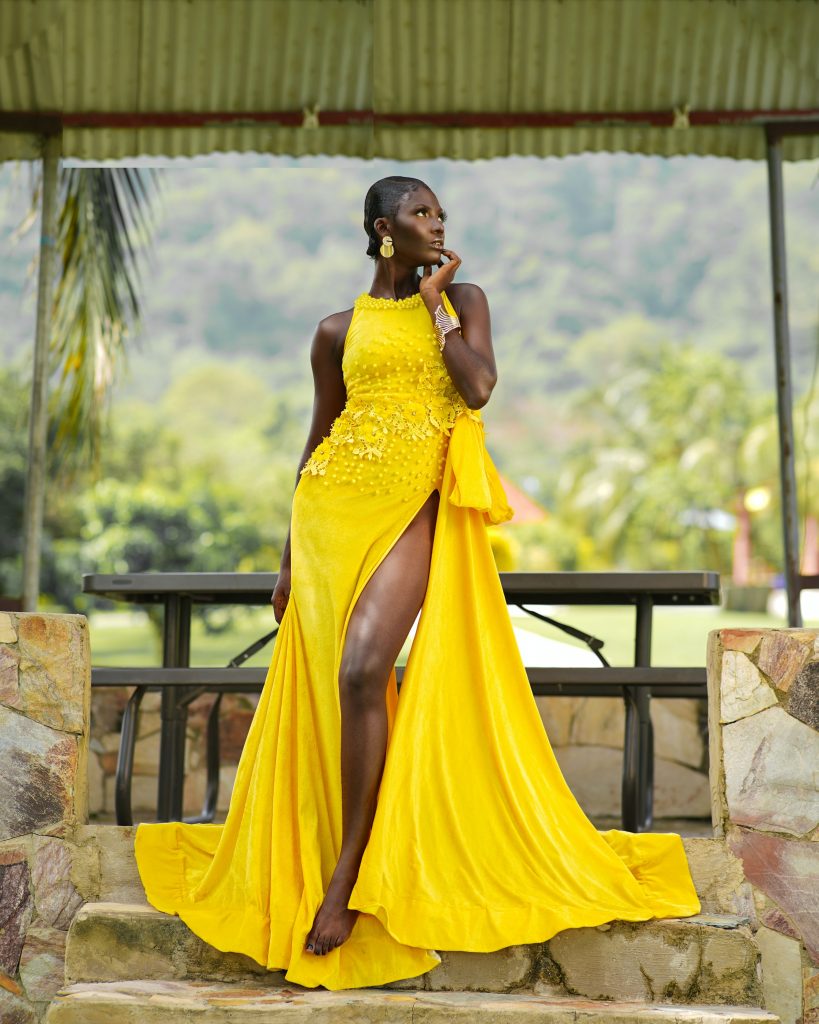
Dress and Dressing
Dress is not just this yellow garment:
Dress is an intentional and unintentional modification of appearance, what people do to their bodies to maintain, manage, and alter appearance. This includes
- objects worn on or around the body
- modifications to the body (e.g., plastic surgery).
Dressing is the behavior related to dress or actions related to how one appears.
Pioneering Scholars in Fashion Studies
- Susan Kaiser
- Elizabeth Way
- Darnell-Jamal Lisby
- Ben Barry
- Phyllis Bell Miller
- Gwendolyn O’Neal
- Min-ha T. Pham
- Jasmine Helm
- Christina Moon
- Amanda Muhammad
- Eulanda Sanders
- Lauren Downing Peters
- Regan de Loggans
- Mary Ellen Roach-Higgins
- Kim Johnson
- Sharron Lennon
- Nancy Rudd
- Joanne Entwistle
- Fred Davis
- Christopher Breward
- Denise Nicole Green
- Tameka Ellington
- Carol Tulloch
- Kim Jenkins
- Dyese Matthews
- Tanisha Ford
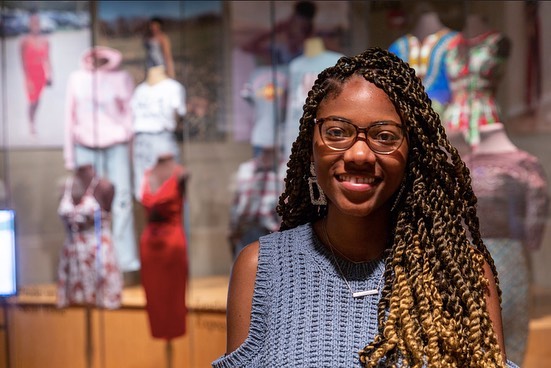
Objects
Clothing is an example of an object worn on or around the body and refers to 3-dimensional objects that enclose and envelop the body in some way. They may be
- wrapped around the body
- suspended from the body
- fitted to the body
- preshaped to the body.
These are examples of clothing:

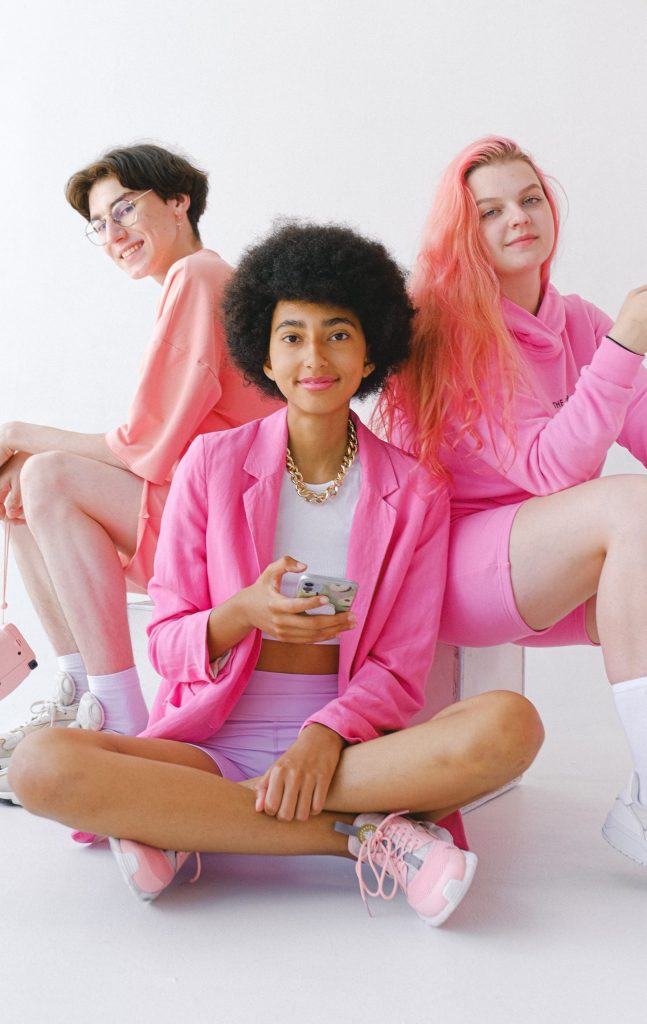
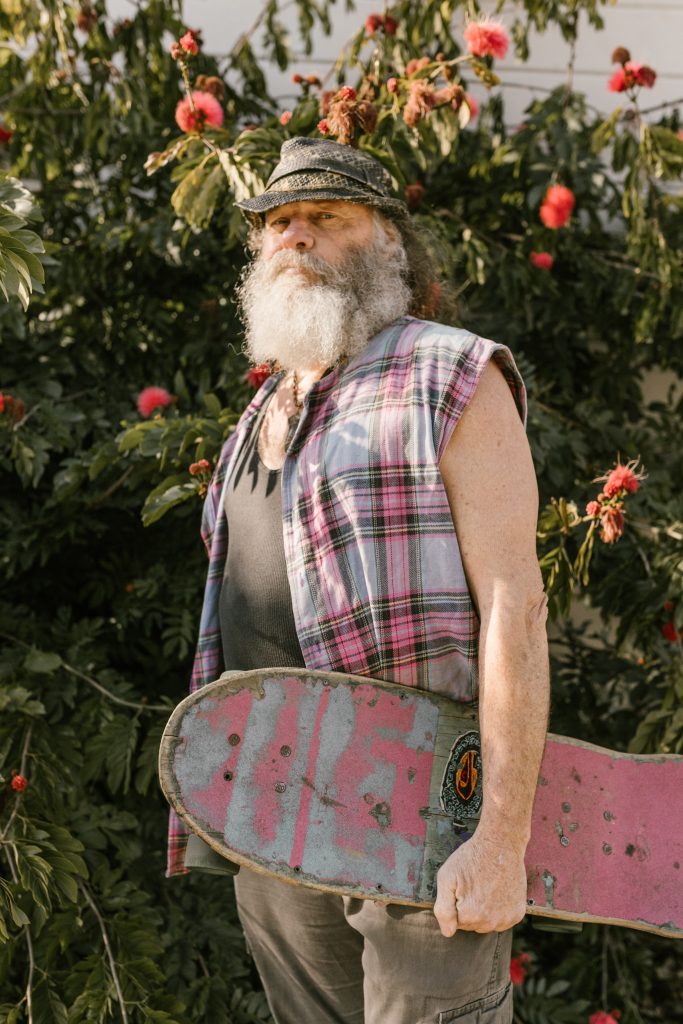
Other examples of dress objects include accessories, shoes, and other objects worn on the body, such as braces attached to the teeth.
Modifications
Modifications are also a part of dress. These might include additions or reductions to the actual body, such as losing weight or hair extensions. Modifications also involve changing hair color, clipping nails, tanning, and straightening of teeth by wearing braces. Wearing perfume, showering, and having hair implants completed are also examples of modifications. Teeth whitening processes also fall under the category of dress, as they modify the color of tooth enamel.
Following are examples of reductions and modifications to the body:
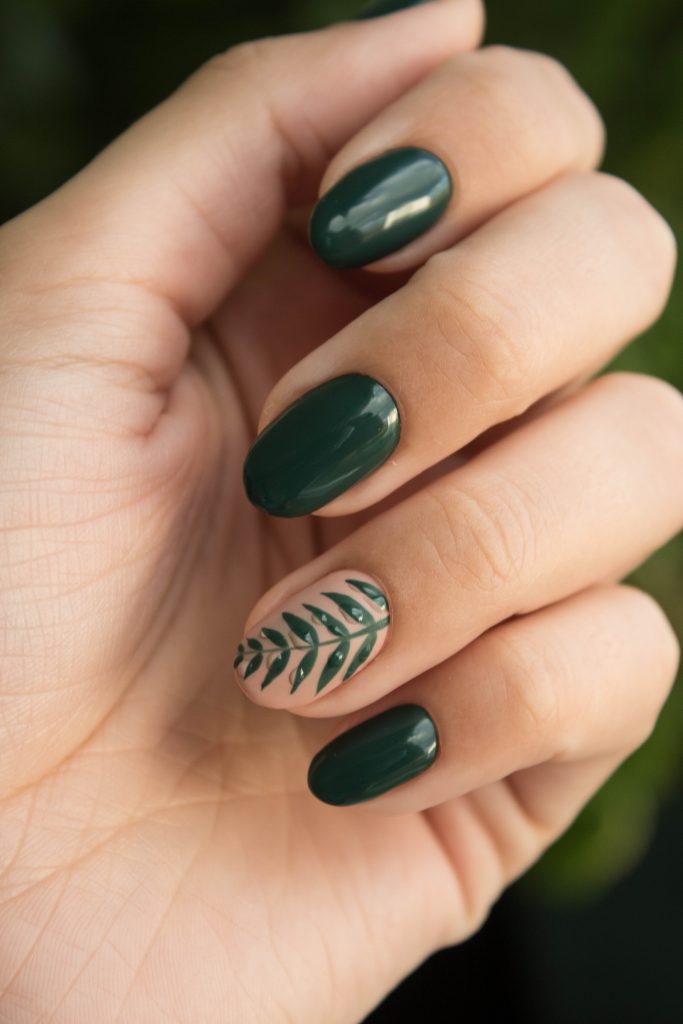
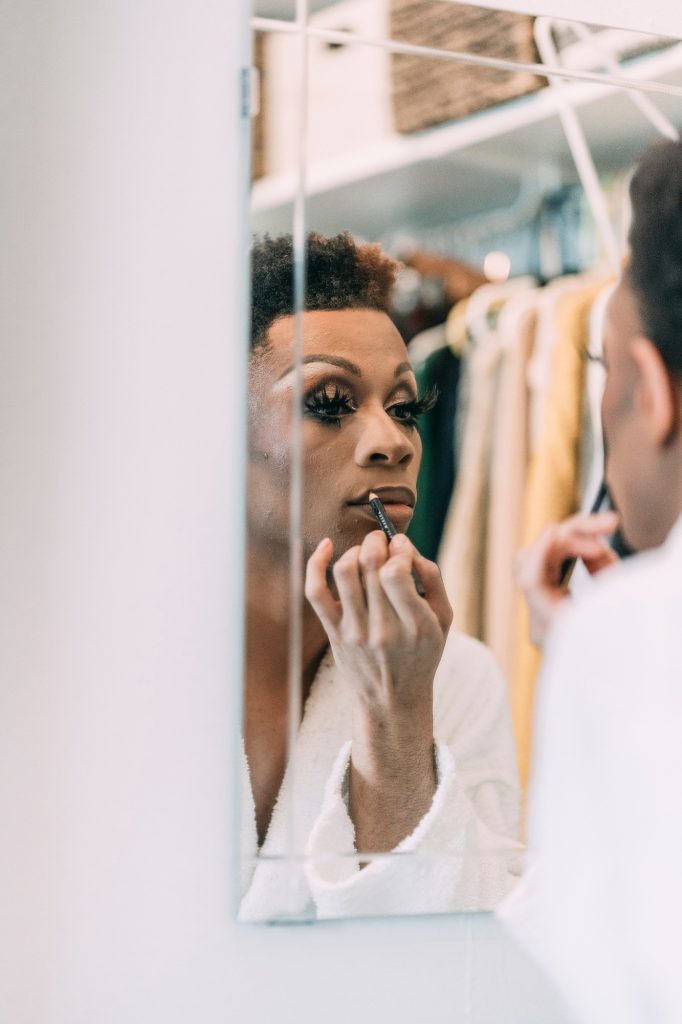

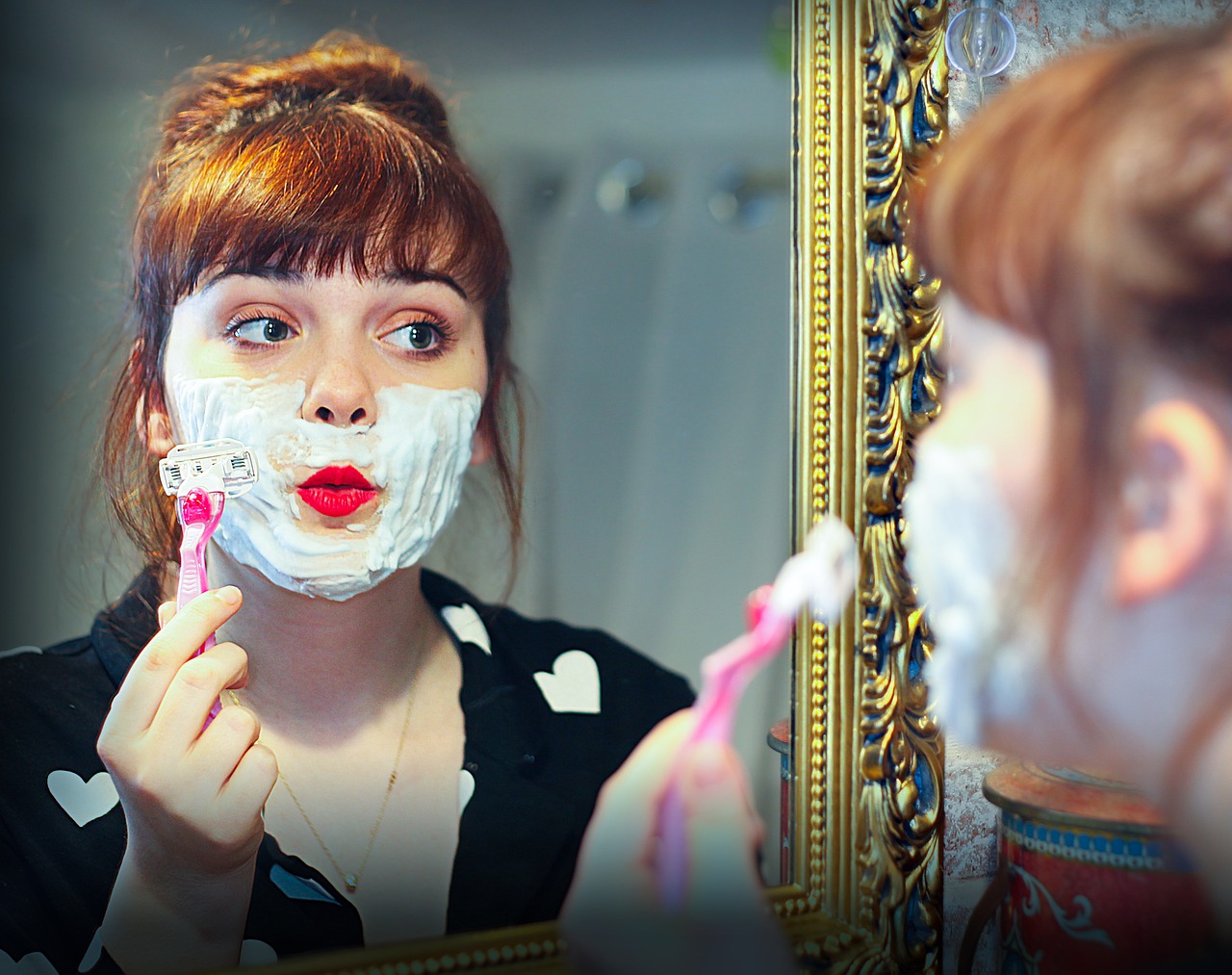
Motivations for dress
There are four larger motivations for how and why people dress. These do not capture every single nuance, but they are the four most prominent themes.
- protection: for example, from natural elements
- modesty: avoids indecency
- communication: highlights various identities (e.g. age, gender, race, religion, sexuality, socio-economic status, etc.)
- adornment: emphasizes decorative or aesthetic function
Dress and dressing are complex. Dress is more than just objects. It is laden with meaning. The dressed and undressed body is a project of both conscious and subconscious continual construction.
Identity
Identity has numerous definitions. In general, identity refers to an organized set of characteristics that express various aspects of who you are. Dress is used to communicate our identities, such as
- race
- religion
- sex
- gender
- sexuality
- ability
- body size
The Situated Self
Contexts or situations influence individuals to dress and act differently, depending on which identity is salient. The concept of the situated self (Kaiser, 1997) refers to the idea that given any context, a person may dress or act differently depending upon which identity is most salient at the time. This is part of what are called identity negotiation processes. This means that identities are negotiated, or, in other words, continually in flux, not static. This is especially true for individuals who occupy more than one marginalized identity. For example, Black gay men have explained that their Black identities might be more salient in Black spaces, yet within queer spaces they have to choose to whether their Black identities or gay identities might be more salient, depending on the composition of any given group (Cole, 2019). This isn’t necessarily always true for Black people, as there are varied experiences of being both Black and queer (Johnson, 2019).
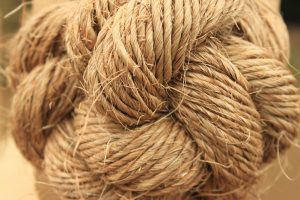
The identity negotiation process is the continual process of shifting and changing appearance and dress depending on the development of identity. It is often thought of as a knot: as one knot loosens, another tightens. This similar to how we as humans experience our different identities. One identity becomes more prominent in any given situation.
Socialization
Socialization refers to learning about how to behave and appear. This is often passed on through agents, individuals who teach us norms and values of our society through modeling or direct instruction. Some of these agents include
- parents
- peers
- media
- professionals (teachers, coaches, doctors, et cetera)
- cultural beliefs (written or unwritten norms)
- personal shoppers
- retailers or manufacturers
Identity and Dress
Identities are communicated through how we appear and what we wear (Kaiser, 2012). Identities are also communicated through objects around us, including the places we live and the transportation we use, among many many other examples. Dress and appearance practices, though, announce who we are depending on which identity we are communicating at any one time. For example, while on campus, you might wear a T-shirt from your university, announcing your connection to it and demonstrating that you identify as a part of that community as a student, fan, or perhaps alumnus (Lennon, Johnson, & Rudd, 2017). This university community identity might not be important to communicate if, for example, you are attending a wedding.
There are different types of identities. For instance, a collective or social identity comes from being a part of a group or from having group membership. For example, membership in a particular year in school is a collective identity. Therefore, you could identify as a first-year student in college. Another collective identity could be tied to race. For example, a person of African descent may identify as part of the Black community due to their ties to their race (Lennon, Johnson, & Rudd, 2017). Many people have numerous collective identities surrounding their race, gender, sexuality, sex, religion, body size and shape, ability, and/or ethnicity.
A second example of an identity is personal identity. Personal identities concern individual traits. Individual traits can include, for instance, being funny, open, conscientious, agreeable, adventurous, or closed off (Lennon, Johnson, & Rudd, 2017). Numerous parts of one’s identity reflect personal traits. Therefore, while you might identify as an outdoors person, the adventurous part of your identity is called the personal identity, whereas the outdoors person could reflect your membership in the group, or your collective identity.
Relational identities are a third example. These refer to relationships, such as father–son or wife–wife. Dress can reflect relational identities, just it can the other types of identities. For instance, sometimes when families go together to Disney World they wear matching outfits or T-shirts. And two women who are married may wear wedding rings to signify their relational identity.
Body work
One part of identity negotiations and dress modification is referred to as body work. Body work includes managing the body through physical activity or exercise, dieting or watching what one eats, using make-up, undergoing cosmetic surgery, and many other activities.
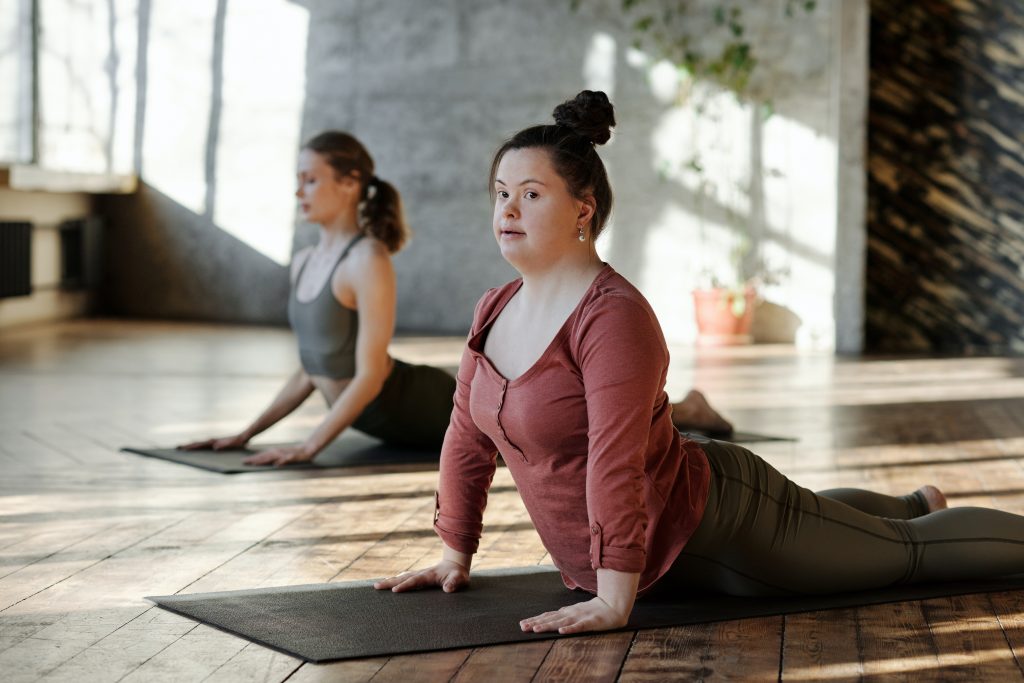
A person might also wear a certain style of clothes to change the shape of the body, perhaps hiding or emphasizing parts of the body. One might hide parts of the body by wearing baggy clothes, whereas they might reveal parts of the with tight or low-coverage clothing (e.g., crop tops). People of all genders do body work (Lennon, Johnson, & Rudd, 2017).
Identity Development Online
In the twenty-first century, thanks to advances in and increased usage of technology, many people develop their identities online. You might use a virtual community to try out different identities; for instance, in virtual reality chat, you can “put on” an identity within an anonymous space. Online spaces help users anonymously normalize identities and behaviors anonymously (e.g., people who have anorexia, Trekkies, moms, et cetera).
Stigma and Identity
Stigma refers to a mark of shame or of disapproval, or a stain on one’s reputation (Goffman, 1963). Stigmatized identities are those identities that violate a societal norm for a particular time or space. Numerous identities are stigmatized. For example, fat people often experience stigma related to their body size and shape (Sherman, 2011). Fat stigma, which is very common, can significantly influence people’s experiences (Meadows, 2018). Here are just a few identities that experience severe stigmatization:
- people who are fat
- people of color
- members of the LGBTQIA+ community
- people with disabled bodies
| Accept that stigma applies to self | Challenge that stigma applies to self | |
| Accept the public understanding of stigma (status quo) | Accepting stigma | Avoiding stigma |
|---|---|---|
| Challenge the public understanding of stigma (change) | Evading responsibility for stigma
Reducing the offensiveness of stigma |
Denying stigma
Ignoring stigma |
Meisenbach (2010) further expands on each of these behaviors:
An individual accepting a stigma may passively accept the status quo, apologize for their stigma, use humor as a source of comfort, blame the stigma for negative outcomes in one’s life, isolate themselves, or bond with other stigmatized people.
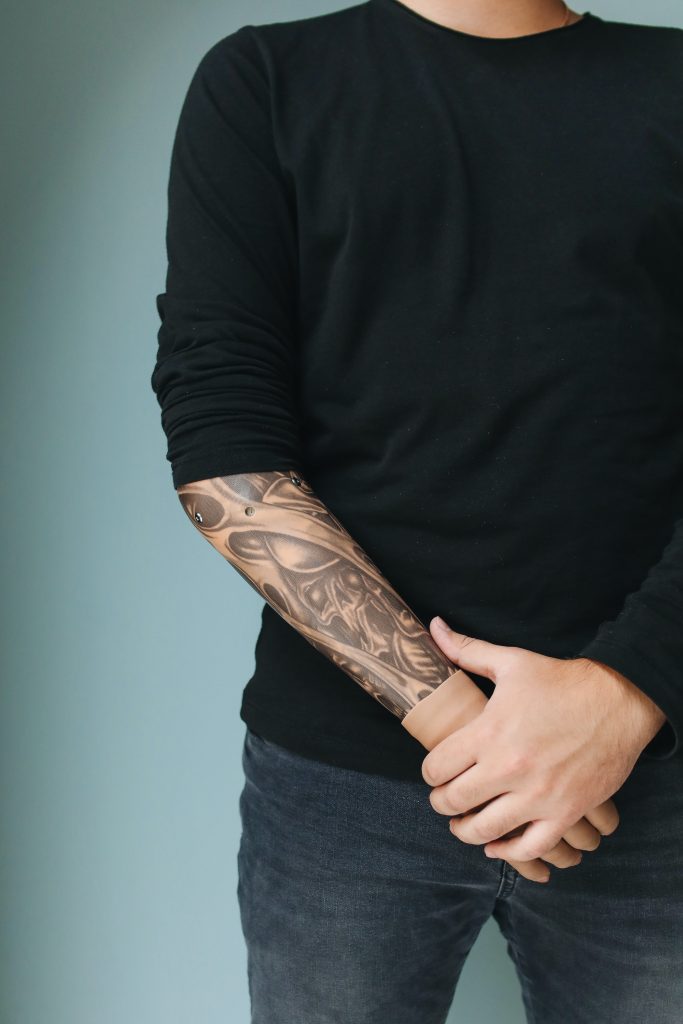
An individual avoiding a stigma might hide or deny their stigmatized attribute, avoid situations where this attribute is notable, stop the behavior that stigmatizes them, distance themselves from the stigma, or criticize others in an attempt to make themselves seem favorable by comparison.
An individual evading responsibility for a stigma may accept that they display stigmatized attributes but challenge the ways those attributes are perceived by the public. For example, the individual may argue that they were born with the stigmatized attribute, that it was inflicted upon them, or that they cannot change the way the public perceives them.
An individual reducing the offensiveness of a stigma may attempt to reclaim the stigma by reinforcing the positive aspects of their stigmatized attribute, to minimize the damage of the stigma by arguing that their stigmatized attribute is not as severe or harmful as it is depicted by the public, or to transcend the stigma by explaining how their stigmatized attribute can be a positive one.
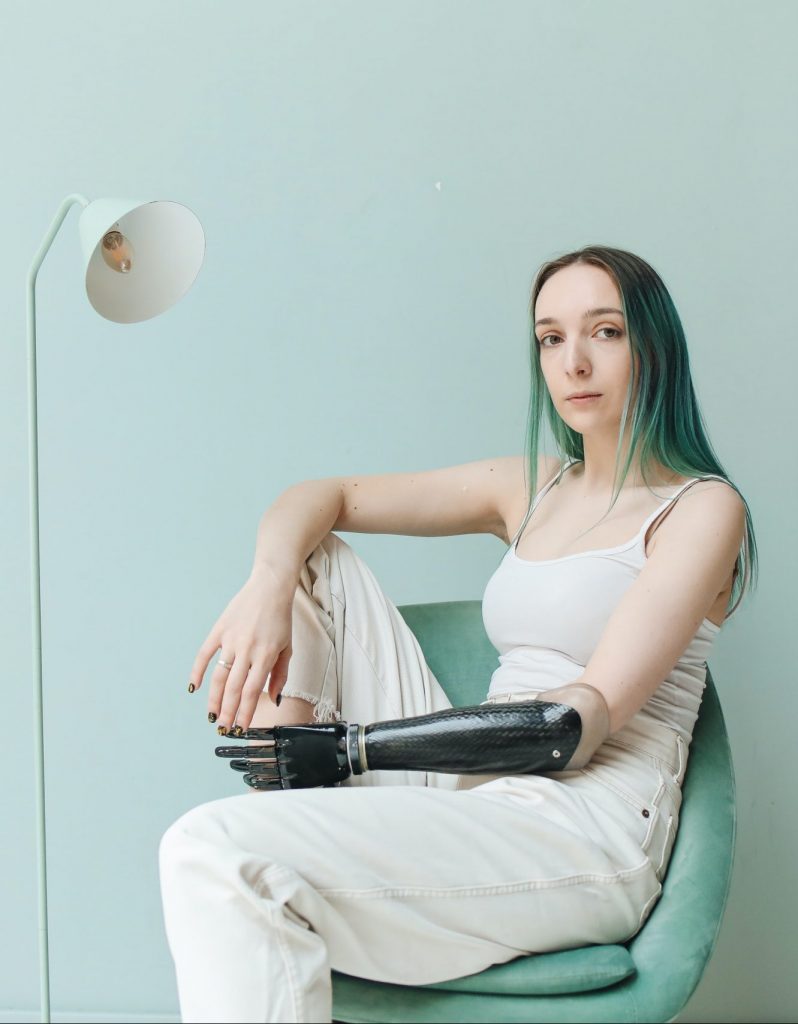
An individual denying a stigma may attempt to prove that the attributes they are stigmatized for should not be stigmatized, providing evidence for why the public perception of their attribute needs to change or highlighting logical fallacies in the way the attribute is addressed. Alternatively, the individual may deny that their attributes are stigmatized at all.
An individual who wishes to decrease a stigma may ignore or display the stigmatized attribute by normalizing it or accepting it as a part of their identity. An individual using this communication strategy might flaunt their stigmatized attribute through dress or behavior or forgo means of dress that minimize or hide the stigmatized characteristic.
Focused Example: Quinceañera
A quinceañera is a celebration in Latinx culture in which girls, on their 15th birthdays, celebrate the transition from a childhood to womanhood. Central to the event is the formal, full-length gown the girl wears. According to Lennon, Johnson, and Rudd (2017), these are consumption events: they are “a commercial opportunity (a) to buy products and experiences, (b) that impact identity, (c) that involve wearing special clothing and accessories which are used as props in identity assumption, and (d) in which product consumption and experience consumption reinforce the identity” (249).
A quinceañera is one of the many ways people in different stages of life, cultures, communities, ages, and thus identities negotiate their identity through dress.
Watch this short film about quinceañera:
To view a transcript for this video, download this file: What is a Quincenera Video Transcript [DOC]
References
Cole. S. (2019). The difference is in the detail. Negotiating Black gay male style in the twenty-first century. Dress, 45(1), 39–54.
Goffman, E. (1963). Stigma: Notes on the management of spoiled identity. New York: Touchstone.
Kaiser, S. B. (1997). The social psychology of clothing: Symbolic appearances in context. New York: Fairchild.
Kaiser, S. B. (2012). Fashion and cultural studies. London: Bloomsbury.
Lennon, S., Johnson, K. K. P., & Rudd, N. (2017). Social psychology of dress. London: Bloomsbury.

Dress, Appearance, and Identity Case Study
Step One: Become familiar with the case study.
- The case study attached below is a Word document and can be downloaded. It includes the task, evaluation, and template for the case study:
Dress Appearance and Identity Case Study [DOC]
Step Two: Submit your complete assignment on Canvas.
- Format your document.
- Remember to check the submission against the rubric.

